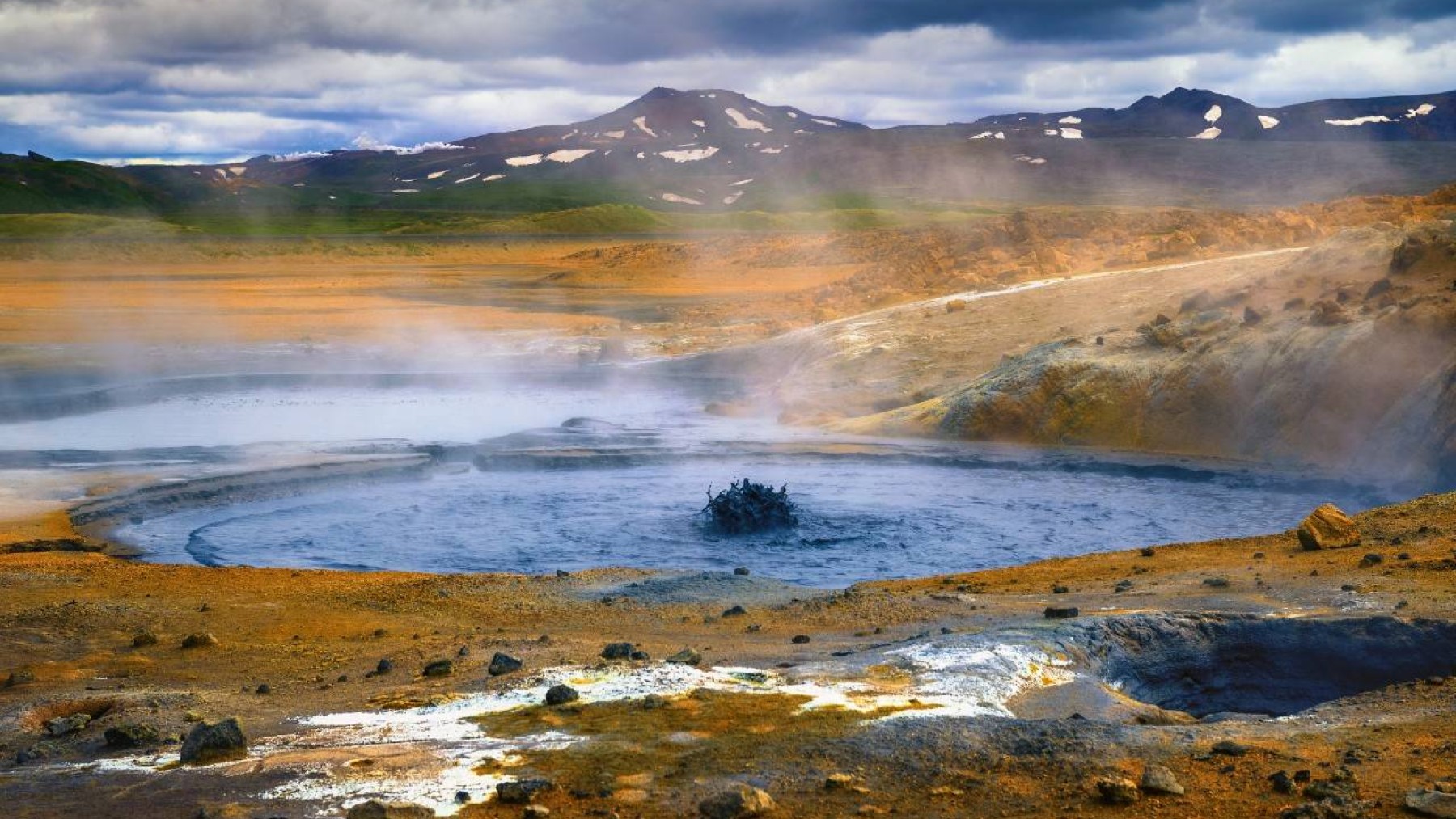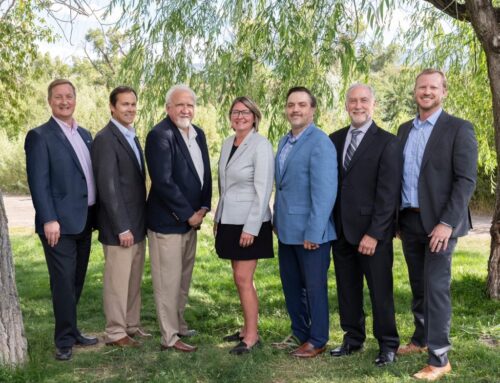Photovoltaic energy underground, the biggest discovery in history: This State has the Millennium Mine
September 19, 2024

Geothermal energy is a renewable power source that captures the Earth’s internal heat to create steam that spins turbines. A new research project by the Idaho National Laboratory in partnership with the National Renewable Energy Laboratory is exploring the possibility of using solar panels to generate more electricity at geothermal facilities, resulting in better efficiency and lower costs. If these hybrid power plants are successful, it could be the breakthrough of the millennium.
Traditional geothermal power plants are not producing enough energy, and here’s what can change in this decade
Even though the government has been increasing investments in renewable energy, there haven’t been many breakthroughs in geothermal technology in the past 30 years. That’s starting to change with a renewed push toward sustainability spurred on by the commitments made for the Paris Agreement in 2015. Companies, thinktanks, and research organizations are trying to improve geothermal technology because it’s currently an untapped source of renewable energy in the U.S.
The traditional way of capturing geothermal energy involves digging toward steam vents under the Earth’s surface, collecting the steam, and using it to power turbines. Obviously, this approach is limited by geography. Geothermal plants can only be built in places where the internal heat of the Earth is close to the surface. So to make the few plants that exist increase their energy outputs, experts are considering transitioning them to a hybrid model.
Combining geothermal with solar energy has the potential to create super-efficient generators and cheap power
Theoretically, a hybrid geothermal plant would combine more than one type of energy. There are a couple of options to achieve this. One is to use a geothermal plant to also collect natural gas. Another option is to place solar panels in the vicinity of the plant to use the sun as an extra heat source. The research is new, and not every geothermal site will work as a hybrid facility.
Geothermal plants aren’t very efficient right now. By using solar energy to heat organic fluid to spin more turbines, hybrid geothermal plants can produce a lot more electricity, ultimately reducing costs for sellers and consumers. When the cost of renewable energy goes down, it’s easier to get people to accept the transition to greener solutions for the planet. Placing photovoltaic cells in and around existing geothermal plants is a potentially creative way to create more green energy with less effort.
The federal government is working with the Idaho National Laboratory to test hybrid geothermal power plants
The Idaho National Laboratory (INL) has been a leader in developing alternative energy technology for decades. The federal government’s National Renewable Energy Laboratory (NREL) wants to partner with the INL to investigate the practicality of hybrid geothermal power plants. Boise, Idaho, has the oldest municipal geothermal heating system in the U.S., so the state seems like a natural place to start testing hybrid geothermal technology.
Idaho sits on top of a super-volcano that extends from Yellowstone National Park to the west. Much of Idaho’s landscape is covered in volcanic rock, which helps the state capture geothermal energy under the ground. The research partnership between the INL and the NREL is very new, but the mission is promising. It may take significant resources to transition the current geothermal infrastructure to something that can handle solar thermal input, but it’s far from impossible.
Some start-up companies are developing innovative geothermal technology to help the country develop better power plants. Geothermal energy only produces about 4% of the country’s electricity today, and there is potential for so much more. Thoughtful approaches such as creating hybrid geothermal power plants are signals that the country’s energy industry is moving in the right direction.
Search
RECENT PRESS RELEASES
Related Post




